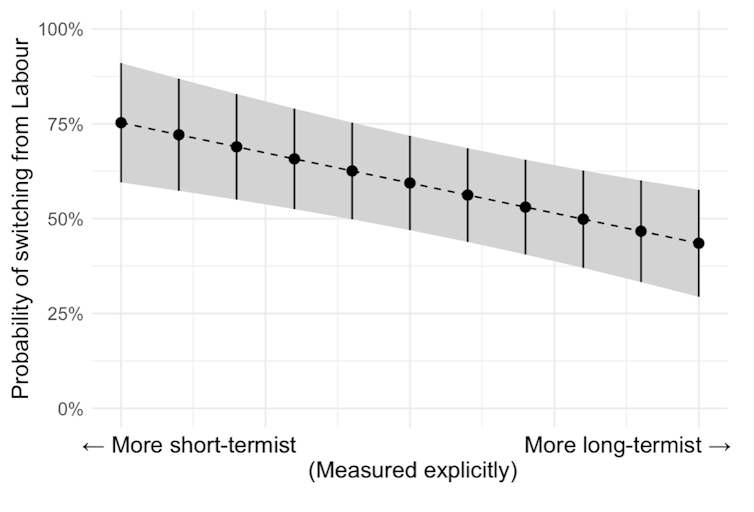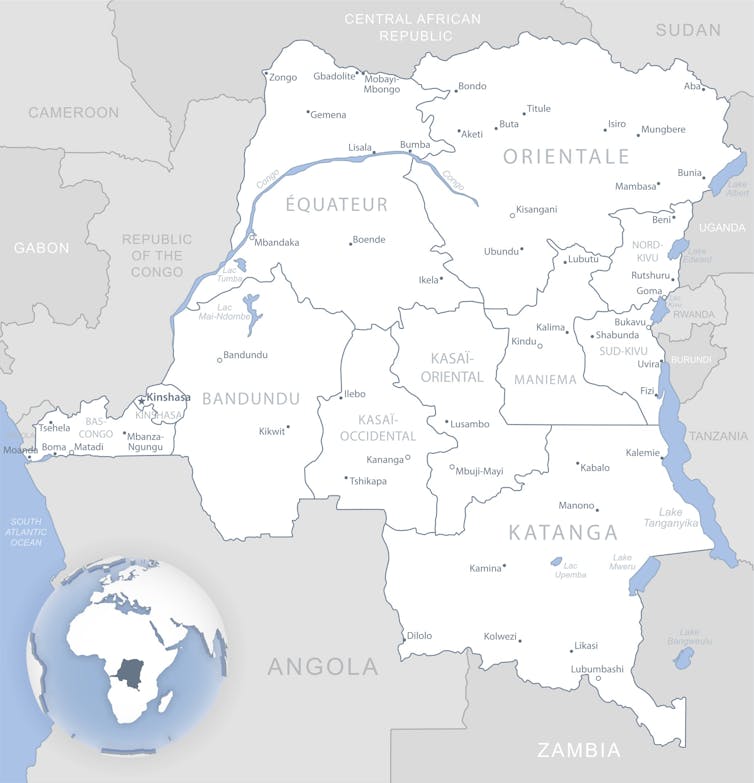Source: The Conversation – UK – By Tahani Mustafa, Lecturer in International Relations, King’s College London
An uneasy ceasefire is still in place in Gaza despite Israeli strikes on what it called “Hamas terror targets” in response to what the Israel Defense Forces said here rocket attacks on its positions.
But there appears to be continuing violence between Hamas fighters and members of various armed clans that has increased since the withdrawal of Israel from parts of Gaza. In the days following the ceasefire agreement being struck on October 13. Most notably, videos circulated which appeared to show Hamas executing members of some of the clans. The killings appear to have been brutal and conducted without even the pretence of an impartial legal process.
Speaking to my contacts in Gaza developed through 15 years of research, including one employee of an international organisation who has advised Hamas and the Palestinian Authority, it appears many Gazans may support these executions. One source in the office of the security coordinator in Gaza told me this week that many people in Gaza believe this show of force could pave the way for the reestablishment of law and order and the effective distribution of aid.
In part, this reflects the situation in Gaza since Israel began its assault two years ago, after the Hamas attack of October 7 2023. That day saw an estimated 3,000 Hamas fighters pour across the borders into southern Israel, killing about 1,200 people and taking 250 hostages.
The months and years that followed saw Israel launched an overwhelming military assault on Gaza, killing more than 68,000 and wounding more than 170,000, according to estimates from the Gaza health ministry. Israel’s declared intention was the destructio of Hamas as both a government and a military force. The civilian population of Gaza witnessed growing chaos and lawlessness as the conflict led Hamas forces into hiding.
But a significant number have survived. AN estimated 7,000 Hamas fighters have now been deployed across the territory. In seeking to crack down publicly and brutally on the most serious forms of lawlessness Gaza has seen over the last two years – including murders, revenge killings, trafficking, kidnappings, robbery, theft and drug dealing – Hamas appears to be demonstrating its resolve to establish an effective monopoly on the use of force in Gaza.
Hamas faced a similar situation in 2007, when it abruptly inherited governance of the Gaza Strip. Fatah, the Palestinian faction that has controlled the Palestinian Authority (PA) since its creation in 1994, moved with the backing of the US, against the then newly elected Hamas government.
After a protracted struggle, Hamas lost control over the West Bank, but expelled Fatah from Gaza. In Gaza, Hamas inherited an administration in the process of being rebuilt after its virtual destruction.
The group addressed the yawning security vacuum and lawlessness in a way similar to the way it appears to be doing now. It employed brutality establish a monopoly on the use of force. It disarmed the various armed factions and established a civil administration. Its administration was based on that of the PA, but was generally recognised to be more effective and less corrupt than the PA and its security forces.
It worked with other political factions in the Strip, including Fatah, in rebuilding Gaza’s administration. Many of the civil servants, judges and even police it employed were not members of Hamas – and were not required to become so.
This is not to say there weren’t limits to important freedoms under Hamas rule – there were. But these were arguably no more authoritarian than those imposed by Fatah in the West Bank.
Who are the clans?
At the centre of the criminality in Gaza today are armed gangs, whose members are often drawn from the territory’s powerful clans. These clans are extended families that have historically played leading roles in their communities – but have also, at times, operated like local mafia.
During the recent conflict, clans have settled old scores with violence. Gangs associated with the clans have expanded into racketeering, drug dealing, kidnapping, robbery and extortion.
Israeli prime minister Benjamin Netanyahu has confirmed his country has armed some of the gangs, following reports of Israeli forces handing over weapons directly or leaving weapons for them to claim hoping they would use them against Hamas. Hamas has made much of this, characterising the men it publicly executed as “collaborators”. The largest assembly of clans, the Palestinian Tribal Committee, has supported Hamas’s crackdown and condemned the criminality of the gangs.
Hamas is reported to have offered an amnesty deal to the clans and gangs, calling on them to surrender their weapons and for any involved in criminality to hand themselves in to face trial. Thus far, the Dogmush and Majaydah clans have complied, days after 26 members of the Dogmush were killed in clashes with Hamas.
US approval
While the US president, Donald Trump, has said that Hamas has to disarm “within a reasonable period of time”, he has also stated that he has given them a green light to reestablish law and order in the Strip “for a period of time”. Flying back to the US from Egypt on October 14, Trump told reporters: “Well, they [Hamas] are standing because they do want to stop the problems, and they’ve been open about it, and we gave them approval for a period of time.”
It is true that order needs to be restored if aid is to reach those who need it. It is also essential if some form of civil administration to provide for the most basic needs of Gazans is to be reestablished in the interim, before a final deal on what to do with Gaza, Hamas and the Israeli occupation of Gaza is agreed.
But by arming these clans, Israel has arguably further destabilised the territory and contributed to the discord and civil strife that threatens to overwhelm the Gaza Strip as Hamas conducts its brutal campaign. The worse things get, the more likely that Gazans will be willing to accept Hamas’s form of order, based not on law but on extrajudicial violence.
![]()
Tahani Mustafa is affiliated with the European Council on Foreign Relations (ECFR)
– ref. Hamas turns to executions as it tries to establish a monopoly on force in Gaza – https://theconversation.com/hamas-turns-to-executions-as-it-tries-to-establish-a-monopoly-on-force-in-gaza-267558















